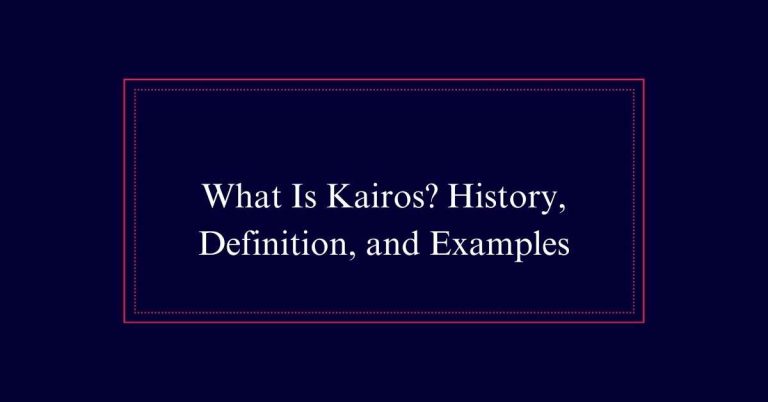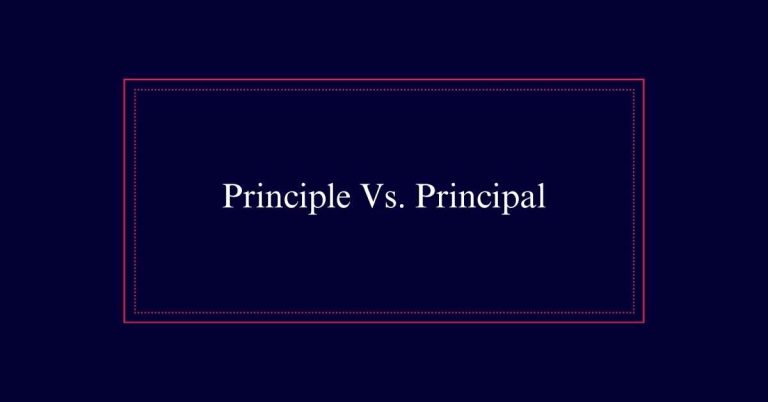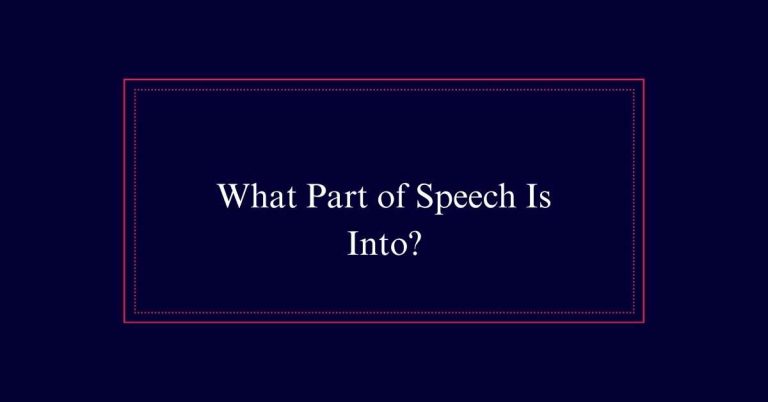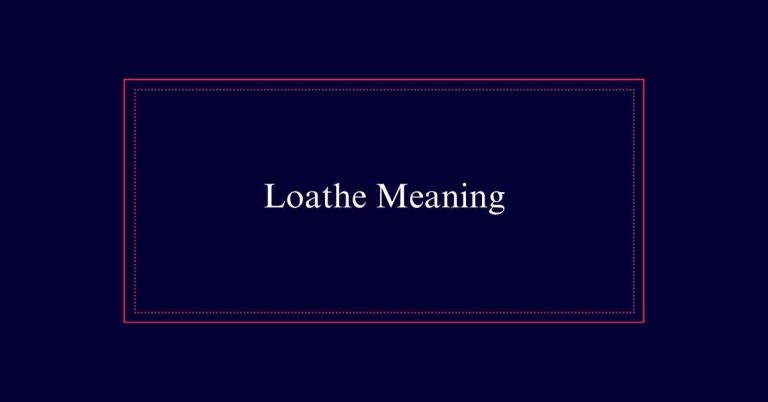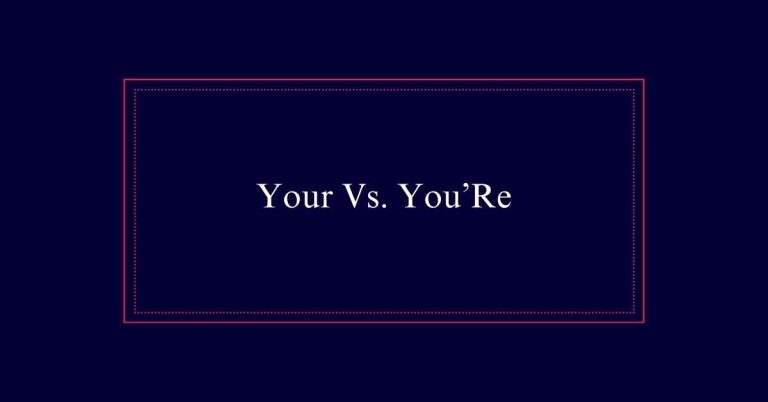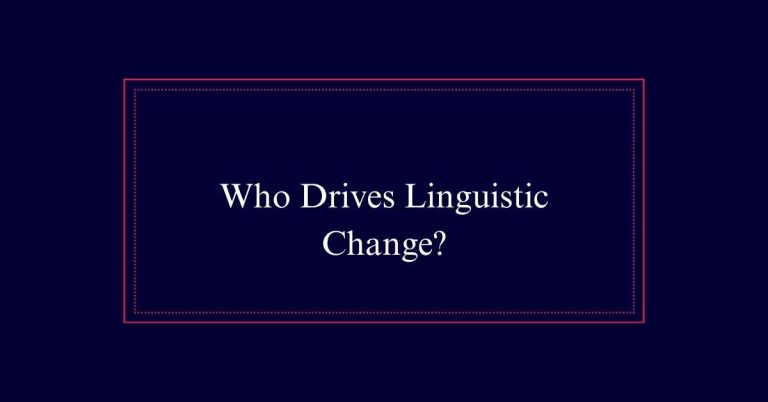How to fix a sentence fragment?
A sentence fragment occurs when it lacks a subject, a verb, or does not express a complete thought. To fix a fragment, identify what’s missing and add it. For example, the fragment, “Running in the park,” can be fixed to “She was running in the park.” Another fragment, “Because I was late,” can be completed as “I missed the meeting because I was late.”
What Is a Sentence Fragment?
A sentence fragment is an incomplete sentence that lacks the necessary components to stand alone. It may be missing a subject, a verb, or both. Complete sentences require a subject and a predicate, with the predicate containing at least one verb.
For instance, the phrase ‘Bacon and eggs’ is a fragment because it lacks a verb. In contrast, ‘I’d like a serving of bacon and eggs’ is a complete sentence, featuring both a subject and a predicate.
Sentence fragments are notable for their incomplete thoughts, making them unsuitable for formal writing. Understanding what constitutes a fragment is essential for constructing clear, accurate sentences in any form of communication. Recognizing these incomplete structures is the first step in fixing them.
Recognizing Incomplete Sentences
Recognizing incomplete sentences is key to improving the clarity and effectiveness of your writing. Incomplete sentences, or sentence fragments, lack essential components such as a subject or a verb. This deficiency makes them unable to stand alone as complete thoughts.
For instance, ‘Running in the park’ is a fragment because it lacks a subject. Without a subject like ‘She’ to complete the sentence, the idea remains unclear.
Fragments can also occur when dependent clauses are not paired with independent clauses. For example, ‘Because I was late’ needs an independent clause like ‘I missed the meeting’ to be complete.
Identifying these issues helps make sure your writing is coherent and professional.
Components of Complete Sentences
Understanding the components of complete sentences is essential for effective communication. A complete sentence must contain a subject and a predicate. The subject tells who or what the sentence is about, while the predicate explains what the subject does or is. The following table illustrates the components:
| Component | Description |
|---|---|
| Subject | The main noun or pronoun |
| Predicate | The verb and any accompanying words |
| Clause | A group of words with a subject and predicate |
A subject is often a noun or pronoun. A predicate always includes a verb. Clauses can be independent or dependent, but only independent clauses form complete sentences. Understanding these components helps in constructing clear, complete sentences.
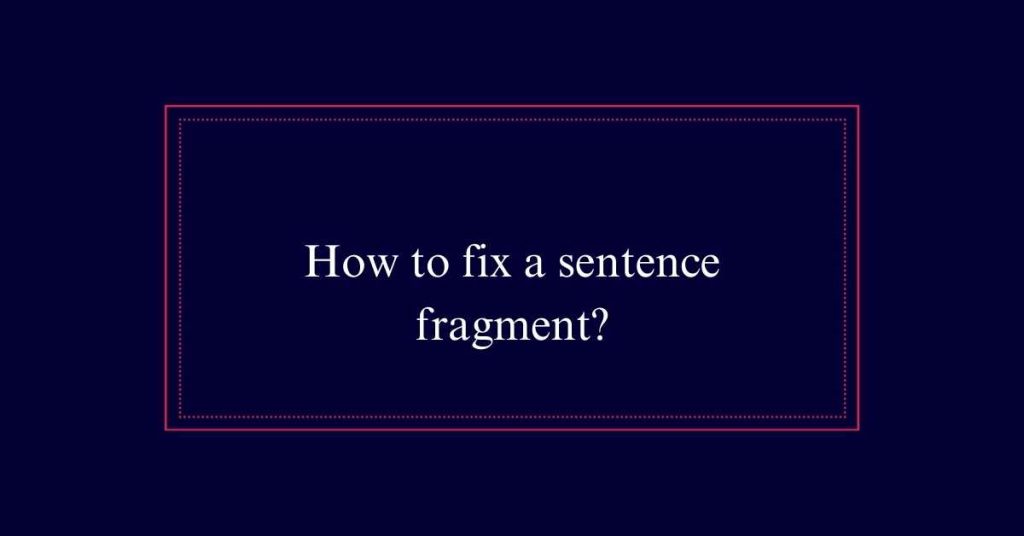
Common Fragment Types
Common fragment types often result from missing essential components such as subjects, verbs, or complete thoughts.
One common fragment type includes sentences lacking a subject, such as ‘Running late again.’ Here, the action is present, but who is running late is unclear.
Another type is the missing verb fragment, for example, ‘The manager of the store.’ This phrase lacks an action to make it a complete sentence.
Additionally, subordinate clauses without independent clauses, like ‘Although he was tired,’ are fragments because they do not form a complete thought.
Recognizing these common types helps in identifying and fixing fragments to guarantee clear, effective communication.
Subjects and Predicates
What are subjects and predicates, and why are they essential for forming complete sentences? Subjects and predicates are the core components of a sentence. The subject is what or whom the sentence is about, while the predicate tells something about the subject, usually containing a verb. Together, they form a complete thought, ensuring clarity and coherence in writing.
| Component | Description | Example |
|---|---|---|
| Subject | The main noun or pronoun | The cat |
| Predicate | Contains the verb and details | sat on the mat |
| Complete Sentence | Combines subject and predicate | The cat sat on the mat |
| Fragment | Missing subject or predicate | Sat on the mat |
Fixing Transitive Verb Fragments
Transitive verb fragments occur when a sentence includes a transitive verb but lacks a necessary direct object. A transitive verb requires a direct object to complete its meaning.
For example, ‘She bought’ is a fragment because it leaves the reader wondering what was bought. To fix such fragments, identify the verb and add a direct object. As a result, ‘She bought a book’ is a complete sentence.
Another example is ‘They need.’ This is incomplete, as it does not specify what is needed. Correcting it to ‘They need help’ makes it complete.
Always make sure your sentences with transitive verbs include direct objects to convey a clear and complete thought.
Addressing Subordinate Clauses
In addition to transitive verb fragments, subordinate clauses also pose challenges when they are not paired with independent clauses.
A subordinate clause includes a subject and a verb but cannot stand alone as a complete sentence. It relies on an independent clause to provide a complete thought.
For example, ‘Because she was late’ is a fragment. To fix this, you can connect it to an independent clause: ‘Because she was late, she missed the meeting.’ This guarantees the sentence is complete and clear.
Always check for subordinate clauses that need additional information. This practice will help you create coherent and effective sentences in your writing.
When Fragments Are Acceptable
Occasionally, sentence fragments can enhance writing in casual conversations and creative works. In these contexts, fragments can add emphasis, create a specific tone, or mimic natural speech patterns.
For example, in dialogue, fragments can make characters sound more realistic and relatable. In creative writing, they can introduce dramatic pauses or highlight important points. Additionally, fragments can break up long passages, making the text more engaging and dynamic.
While they should be used sparingly, well-placed fragments can contribute to the overall flow and readability of a piece. Hence, understanding when and how to use sentence fragments effectively is essential for writers aiming to communicate more naturally and creatively.
Avoiding Fragments in Formal Writing
Maintaining complete sentences is essential in formal writing to guarantee clarity and professionalism. Sentence fragments can confuse readers and diminish the quality of your work. Making sure that each sentence is complete will help convey your message effectively.
Here are some tips to avoid fragments in formal writing:
- Plan Your Sentences: Before writing, outline your main ideas to confirm each sentence has a clear subject and predicate.
- Revise Diligently: After writing, review your work to identify and correct any fragments.
- Use Simple Sentences: Start with simple sentence structures to build a strong foundation, then expand as needed.
Frequently Asked Questions
Can Sentence Fragments Be Used Effectively in Dialogue?
Yes, sentence fragments can be used effectively in dialogue. They mimic natural speech patterns, adding realism and dynamism. However, their use should be deliberate and controlled to avoid confusion or disruption in communication.
How Do Sentence Fragments Impact Readability?
Sentence fragments can affect readability by creating confusion and disrupting the flow of text. While they can add emphasis in dialogue or creative writing, overuse in formal writing reduces clarity and professionalism.
Are Sentence Fragments Ever Acceptable in Academic Writing?
Sentence fragments are rarely acceptable in academic writing. They can be used sparingly for emphasis or stylistic effect but should generally be avoided to maintain clarity, coherence, and professionalism in scholarly work.
What Are Some Common Causes of Sentence Fragments?
Common causes of sentence fragments include missing subjects, verbs, or objects; starting with subordinate clauses without completing them; and using transitive verbs without direct objects. Identifying these issues helps in constructing complete sentences.


